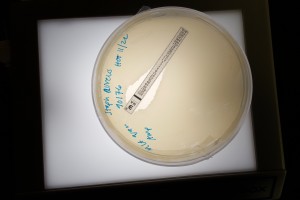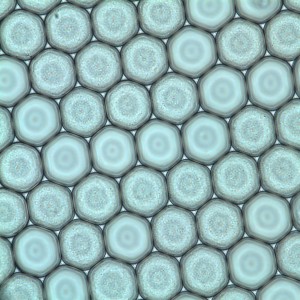Microfluidics-enabled antibiotic resistance detection

Bacterial resistance to antibiotics and antimicrobials has become one of the world’s most pressing health concerns. These compounds can persist long after use, traveling from human and animal waste through wastewater treatment and into surface waters. However, our understanding of how antibiotic resistance spreads in the environment is incomplete. Does the release of antibiotics and antimicrobials promote increasing levels of “background” resistance in the environment? To what extent are resistance genes transferred between microorganisms in the natural environment?
Rapid detection and real-time monitoring are needed to characterize and trace the spread of resistance, especially during disease outbreaks. Existing detection technologies have limitations: they depend on known resistance genes, and they cannot provide secondary information about such things as the virulence of the organisms causing the outbreak or the extent of antibiotic resistance.

Using microfluidic technology at the Johns Hopkins Applied Physics Laboratory, we are developing a system that can detect antibiotic and antimicrobial resistance, even for novel organisms with unknown resistance genes and mutations. This high-throughput screening method can decrease the time required to diagnose a drug-resistant bacterial infection from days to hours. In addition, the technique preserves the sample for additional analysis, thus facilitating the discovery of new mechanisms of resistance. Focusing on triclosan, a ubiquitous antimicrobial agent found in household products and clinical settings, we aim to trace resistance from the source to the environment, examining how resistance may spread and change.
Because the system is based upon the ability to separate out individual cells for culture and single-cell assays, it can also be used to isolate and characterize difficult-to-grow environmental microorganisms. In the future, we hope to use our microfluidic culture technology to study the environmental biodegradation of pharmaceuticals, personal care products, or other trace organics.
